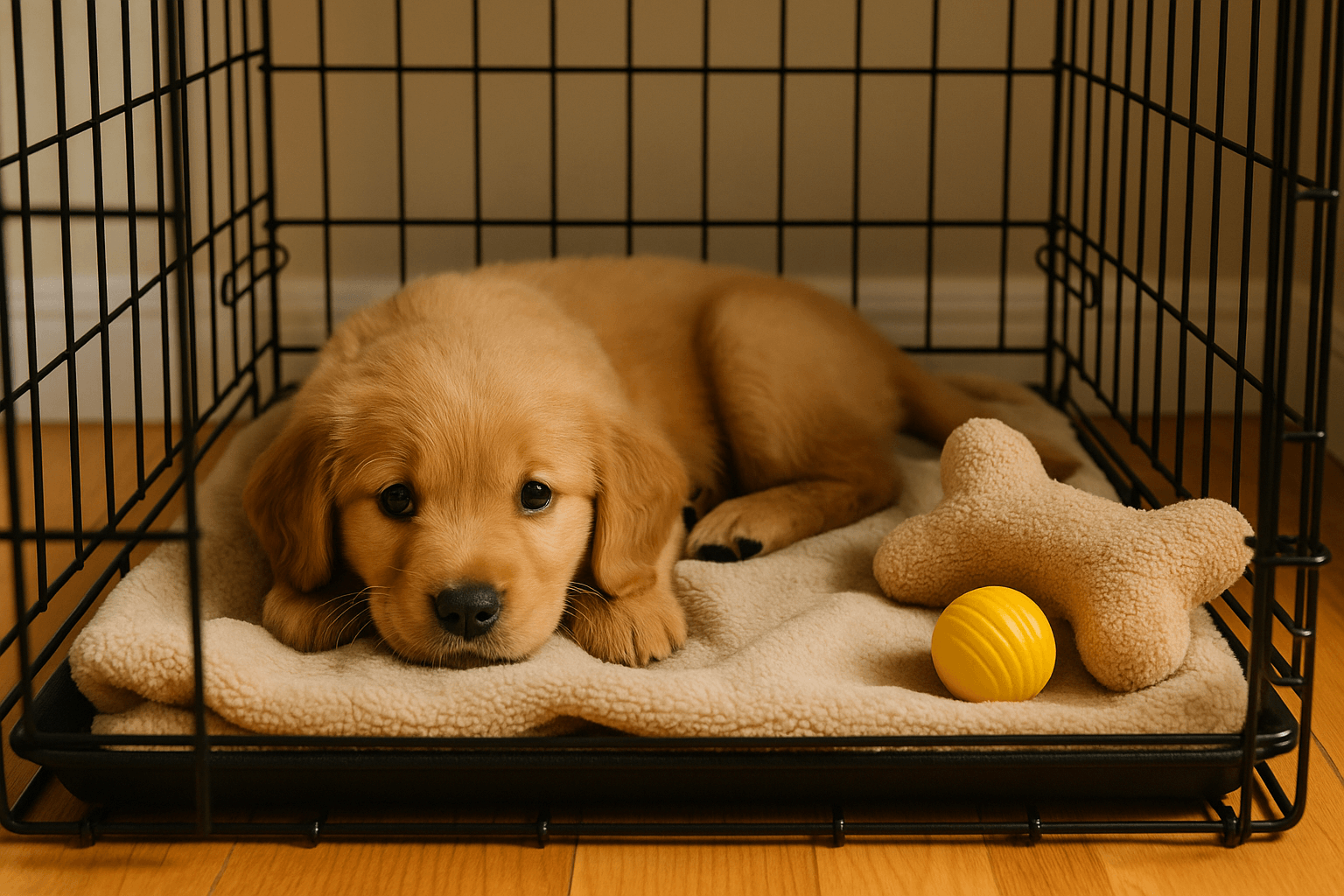How to Pet-Proof Your Home for a New Dog or Cat
Bringing home a new dog or cat is an exciting moment, but your house needs to be prepared for their arrival. Pets, especially puppies and kittens, are naturally curious—and that curiosity can lead to chewed wires, swallowed objects, or exposure to toxic materials. Just like baby-proofing, pet-proofing ensures your space is safe for your new companion. This guide covers how to secure your home room by room for a worry-free transition.
1. Secure Hazardous Items
Toxic Foods and Medications
Store chocolate, grapes, onions, garlic, caffeine, and xylitol-containing items out of reach. Even common pain relievers can be deadly to pets—keep all medications locked away in high cabinets.
Cleaning Supplies and Chemicals
Keep cleaners, laundry pods, and antifreeze in cabinets with child-proof latches or behind closed doors. Strong-smelling chemicals can irritate paws and noses, so avoid using them where pets frequently walk or sleep.
Cords, Batteries, and Small Objects
Use cord covers or conceal wires behind furniture. Pick up small objects like hair ties, jewelry, and coins to prevent accidental ingestion or choking.
Pro Tip: For pets that chew, offer a variety of chew-safe toys to satisfy that instinct in a safe way.
2. Protect Furniture and Flooring
Prevent Scratches and Chewing
Use pet deterrent sprays on furniture legs and arms. For cats, offer vertical and horizontal scratching posts to redirect their urge to scratch.
Choose Pet-Friendly Flooring
Use washable rugs and avoid materials like wool that absorb accidents. Laminate, tile, or vinyl floors are ideal for easy cleanup. Consider placing mats or runners where your pet sleeps or eats.
Pro Tip: Keep nails trimmed to minimize scratching damage and slipping.
3. Create a Safe and Comfortable Pet Space
Designate a Pet Zone
Set up a quiet area with a cozy bed, food and water bowls, and a few favorite toys. Baby gates are useful for keeping your pet out of off-limits rooms.
Secure Windows and Balconies
Make sure window screens are secure and balconies have guards to prevent falls—especially important for curious cats.
Vertical Safety for Cats
Cats love high perches, so provide sturdy cat trees or wall-mounted shelves to keep them off counters or shelves with breakables.
4. Remove Choking and Ingestion Hazards
Small Items and Open Trash
Keep small items off the floor and use trash cans with secure lids, especially in kitchens and bathrooms.
Toxic Houseplants
Avoid lilies, aloe, philodendrons, and pothos, which are toxic to pets. Safer alternatives include spider plants, cat grass, and Boston ferns.
Pro Tip: Place litter boxes in quiet areas, out of reach of dogs who might dig or snack inappropriately.
5. Tailor Safety to Your Pet’s Age and Needs
Puppies and Kittens
Keep wires out of reach, close gaps behind furniture, and remove tempting chewable items like shoes or cords.
Senior Pets
Use rugs to prevent slipping on tile or hardwood, and choose low-sided beds for easier access.
Multi-Pet Homes
Feed pets separately to reduce competition. Introduce new animals gradually and supervise their interactions until trust is built.
Pro Tip: Use a baby gate or elevated feeding station to give cats access to food and litter away from dogs.
Final Thoughts
A pet-proofed home keeps your new companion safe and gives you peace of mind. By removing hazards, creating dedicated pet areas, and using smart design choices, you can create an environment where your dog or cat can thrive.
